In an age when aviation was still in its infancy and women were expected to stay grounded both literally and figuratively Marie Marvingt refused to play by the rules. Long before medevac helicopters became common in war zones, this French pioneer envisioned the skies as a lifeline. In 1912, she designed what would become the world’s first air ambulance, revolutionizing military medicine and laying the groundwork for airborne emergency care.
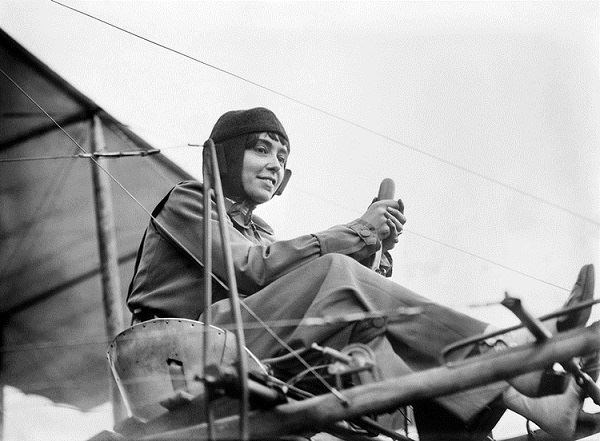
An Idea Ahead of Its Time
Marie Marvingt was a remarkable woman. A trained nurse, an accomplished pilot, and a world-class athlete, she was the kind of person who saw possibility where others saw limits. When she designed the air ambulance, her vision was simple but radical: use aircraft to quickly transport wounded soldiers from the battlefield to hospitals, reducing deaths caused by delayed medical treatment.
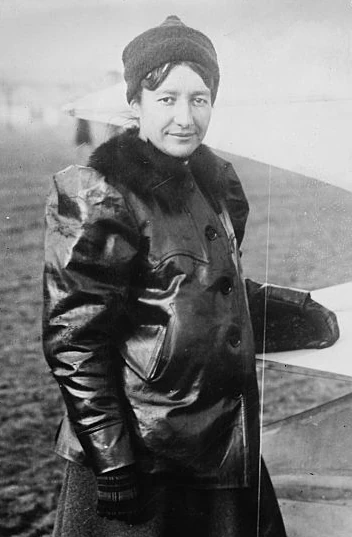
At the time, battlefield injuries were often treated in poor conditions with long waits for evacuation. Marie saw that planes could cut those delays dramatically. Her aircraft design included room for patients and medical equipment an early blueprint of what would later become a modern medevac.
Video:
The Fiancée of Danger, Marie Marvingt
Initial Rejection, Lifelong Passion
Despite the brilliance of her concept, military leaders in France weren’t ready. They rejected her proposal, calling it impractical. Airplanes were still too new, too unreliable. And perhaps more significantly, they weren’t ready to take a woman seriously in military innovation.
But Marie didn’t quit. While others dismissed her, she continued to fly, to nurse, and to advocate. She refused to let the door close on an idea that could save lives.
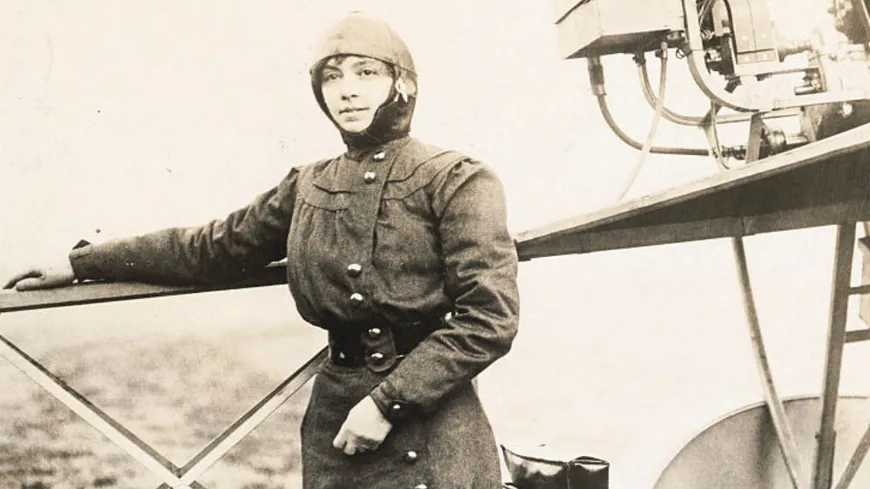
Turning Vision into Reality in Morocco
Years later, her persistence paid off not in Europe, but in North Africa. Marie helped establish an air ambulance service in Morocco, where remote locations and rugged terrain made traditional evacuation methods nearly impossible. With courage and confidence, she brought her vision to life, organizing airlifts for injured individuals who would otherwise never reach medical help in time.
Her service in Morocco wasn’t just a success it was a model for what was to come. Soon, other nations began exploring the potential of air ambulances in both military and civilian settings.
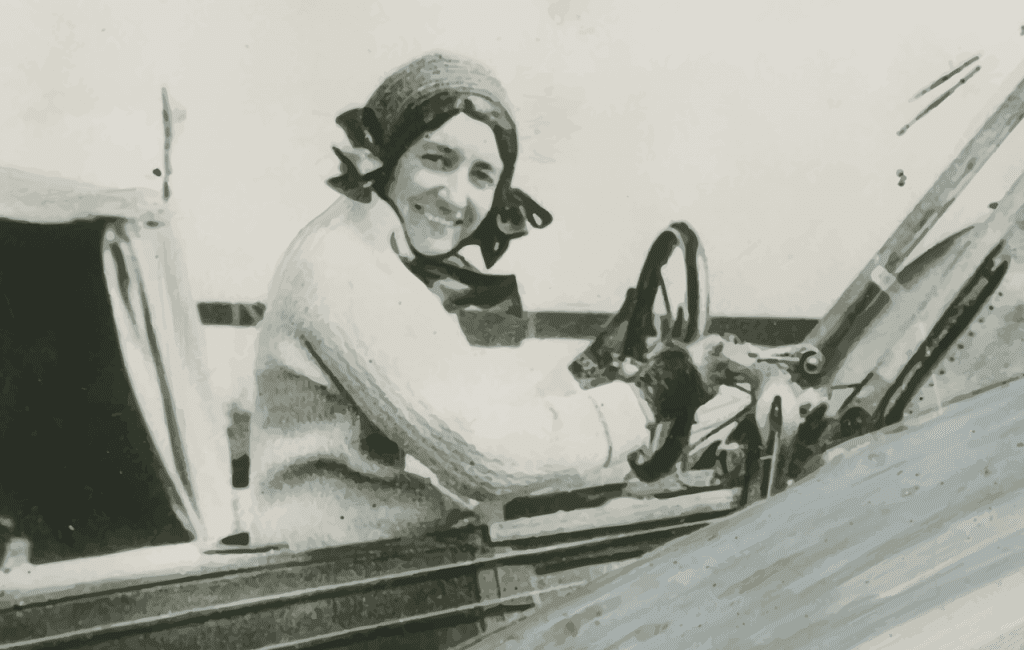
Championing Flight Nurses into Her 80s
Even as she aged, Marie Marvingt’s commitment never wavered. Into her 80s, she continued advocating for better training and support for flight nurses a role that would eventually become critical in both wartime and peacetime medical care. She gave lectures, wrote articles, and mentored others, determined to ensure the idea she once sketched out in 1912 continued to evolve.
She was living proof that passion and persistence could push the world forward even when the world pushed back.
Video:
Axoportraits #4 : The Danger’s Fiancée
Legacy of a Skybound Hero
Marie Marvingt passed away in 1963, but her legacy flies on in every air ambulance that takes off today. From emergency helicopters in cities to military medevac flights in conflict zones, her original idea has become a standard part of life-saving care.
And yet, few know her name.
She wasn’t in it for the fame. For Marie, it was always about helping others about getting the wounded out of danger and into healing. Her vision was decades ahead of its time, and her courage helped change how we respond to medical emergencies forever.
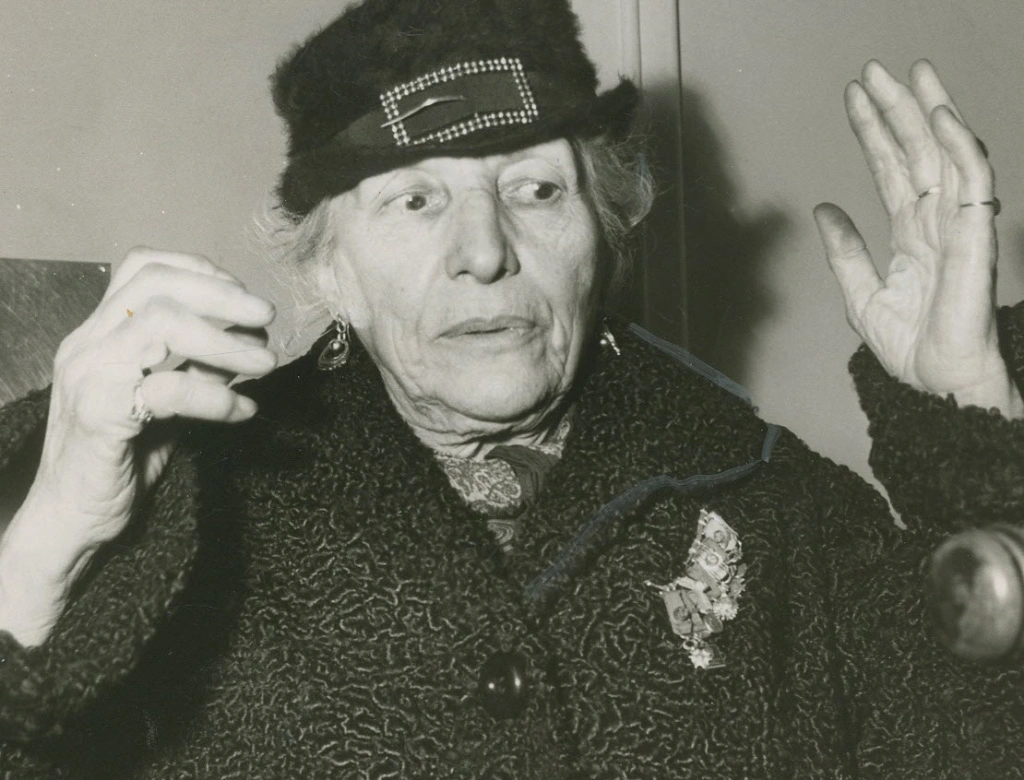
A Life That Defied Gravity and Expectations
Marie Marvingt didn’t just design the first air ambulance she redefined what it meant to be a woman, a nurse, and a pilot in the early 20th century. Her story reminds us that innovation often begins with a single person who refuses to accept the way things are.
The next time you hear the thump of helicopter blades in the distance or see an emergency aircraft racing through the sky, remember Marie. She dreamed of that sound long before the rest of the world caught up.


